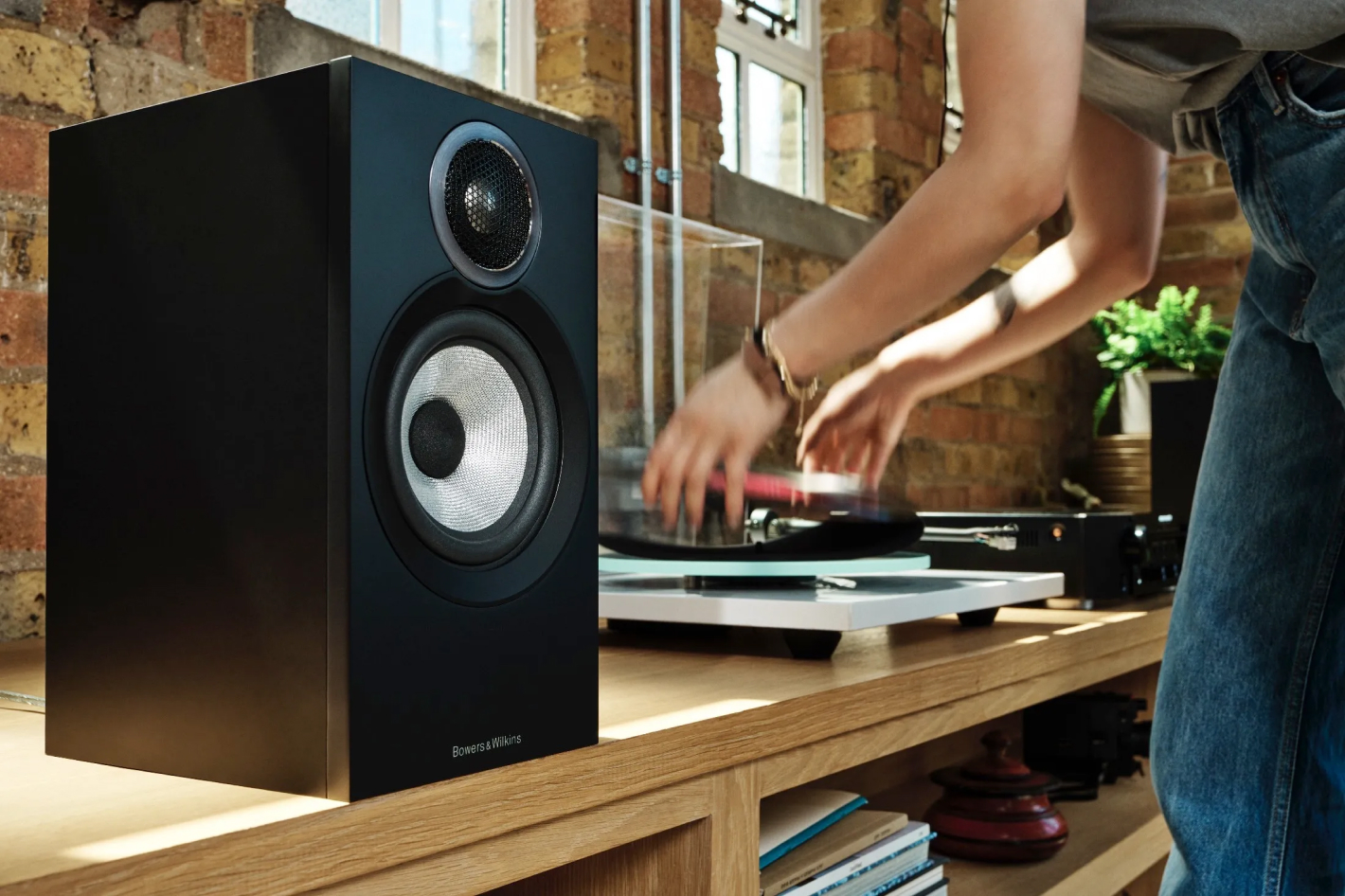




When selecting audio equipment, particularly speakers, relying solely on personal preferences isn't enough; following expert advice is often more effective.

Experts recommend considering several important aspects, such as the brand's reputation, technical specifications, and intended use.
Choosing a Reputable Brand
Brands with a strong history in audio equipment manufacturing are generally more reliable. Companies like Klipsch, Dali, Yamaha, KEF, and Focal are respected for consistently delivering high-quality sound systems. While selecting a brand is an important first step, it’s essential to understand the technical details of the speakers.
Hi-Fi vs. Hi-End Systems
Hi-Fi (High Fidelity) refers to high-quality sound systems that meet specific technical standards. For example, a Hi-Fi system must have an amplitude-frequency characteristic non-linearity of no more than 4 dB and low distortion levels. These requirements ensure accurate sound reproduction.
Hi-End systems, however, don’t follow strict standards. Instead, they aim to surpass Hi-Fi performance by using premium components and unique technologies. These are often custom-made and expensive, offering boutique-level quality for discerning audiophiles.
Types of Acoustic Systems
Speakers can be categorized based on their intended use:
Home Speakers: Designed for personal use, ranging from affordable options to expensive multi-channel Hi-Fi systems.
Cinema Speakers: Multi-channel systems or soundbars aimed at providing a surround sound experience for home theaters.
Professional Speakers: Built for studio, club, or concert use, offering higher power and stricter performance requirements.
Informational Speakers: Used in public address systems, often featuring horn speakers for clarity in large spaces.
Outdoor Speakers: Durable, weather-resistant systems for outdoor environments.
Technical Specifications
Understanding a speaker’s technical specifications is key to making the right choice:
Frequency Response: Measures the range of frequencies the speaker can reproduce, typically 20 Hz to 20,000 Hz for human hearing.
Impedance: The electrical resistance of a speaker, usually between 4 and 8 ohms.
Sensitivity: Determines how efficiently a speaker converts power into sound, expressed in decibels (dB).
Power Handling: Refers to how much power a speaker can handle without distortion or damage, measured as RMS (continuous) and peak power.
Amplifiers: The Power Behind the Speakers
Amplifiers boost the audio signal to drive speakers effectively. They come in different classes, such as Class A (best sound quality but least efficient) and Class D (most efficient but can compromise sound quality). Choosing the right amplifier that matches your speaker’s power and impedance ensures optimal performance.
Placement and Installation
Proper placement of speakers is crucial for optimal sound distribution. Speakers should ideally be positioned at head level, and stands or racks can help reduce vibrations, improving sound clarity.
Selecting the right acoustic system involves more than choosing a reputable brand. Understanding technical details such as frequency response, sensitivity, and power handling, as well as using the right amplifier and ensuring proper placement, are key factors. By considering these elements, you can find a system that delivers the best sound experience for your environment.